Hi-Fi Hall of Fame
People Inductee
Edwin Armstrong
Introduction
Our next inductee is Edwin Howard Armstrong, a brilliant electrical engineer from New York City with a passion for radio technology. He invented three critical technologies that transformed radio into a popular, high fidelity broadcast medium. Sadly, his genius and the patents that he was awarded would lead him into legal battles that would cost him his fortune, his marriage, and his life.
Let’s take a look at the life and accomplishments of Edwin Armstrong to see why he deserves induction into the Hi-Fi Hall of Fame.
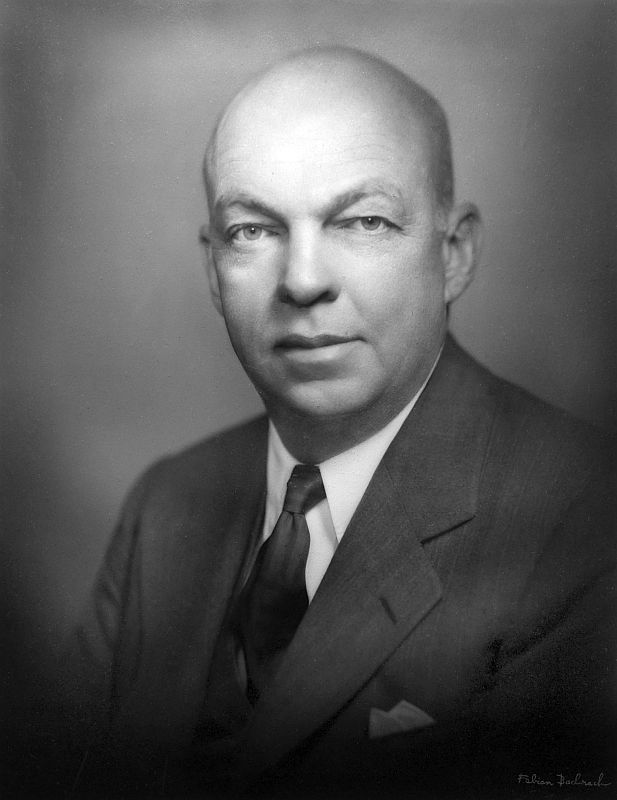
Early Life
Born on December 18, 1890, Armstrong attended Columbia University where he was awarded a degree in electrical engineering in 1913. As a young man, he was called to military service in the first world war where he served in the Signal Corps as a captain and later as a major.
After the war, he returned to Columbia University where he was eventually made a professor. He would spend the rest of his life in that role, while at the same time developing some transformative technologies in the field of radio.
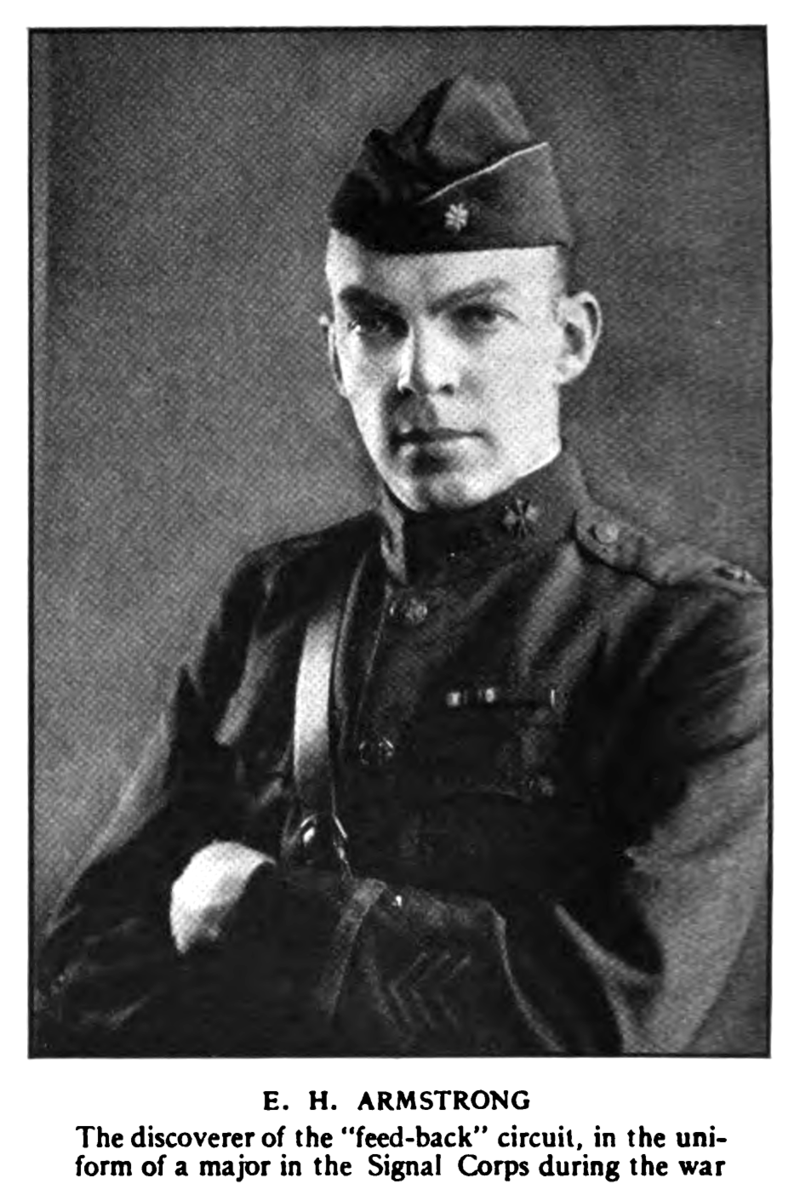
Invention of the “Regenerative” Circuit
While still an undergraduate at Columbia, Armstrong’s brilliance in circuit design quickly became evident. In 1913, at just 23 years old, he achieved a breakthrough with the invention of the “regenerative” circuit. By applying feedback to a triode vacuum tube—a device then limited to weak radio detection—Armstrong transformed it into both a powerful amplifier and a continuous wave generator. This innovation vastly extended the range and sensitivity of radio receivers, making long-distance radio communication practical for the first time.
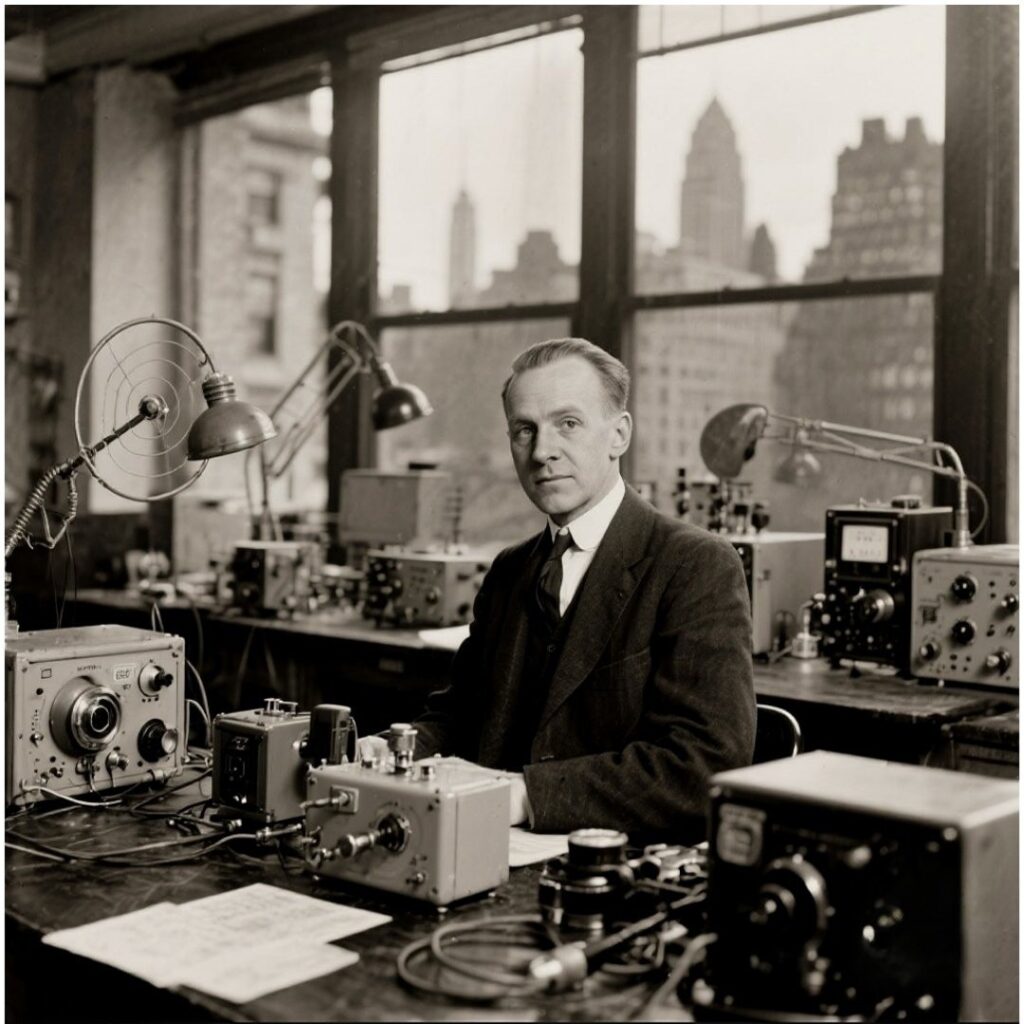
Yet this triumph was soon overshadowed by a fierce patent dispute with other inventors who had been pursuing similar concepts. What followed was a long legal battle that would shape Armstrong’s career and personal life. Although Armstrong was initially awarded the patent, subsequent rulings shifted credit to others. Beyond the legal wrangling, the fight inflicted deep emotional and financial costs on Armstrong, foreshadowing the struggles that would dominate much of his future.
Invention of the “Superheterodyne” Receiver
After serving in World War I, where he contributed vital advances in military radio, Armstrong returned with renewed creative energy. In 1918, he introduced the “superheterodyne” receiver, a design that remains at the core of nearly all modern radio and television systems. This invention addressed a central challenge of the era: building receivers that were both highly sensitive to faint signals and selective enough to isolate a single station without interference.
The superheterodyne receiver accomplished this by converting incoming high-frequency signals into a fixed intermediate frequency, where amplification could be achieved with far greater efficiency. It was an elegant solution that cemented Armstrong’s standing as a pioneer of circuit design.
Never content to stop innovating, he unveiled the “super-regenerative circuit” in 1922, which pushed sensitivity even further and proved especially useful for very high-frequency transmissions. While not as widely adopted as his other breakthroughs, it became an important tool in early police and emergency communications. Together, these inventions underscored Armstrong’s relentless drive—not for fortune alone, but for the sheer challenge of solving the most difficult problems in radio technology.
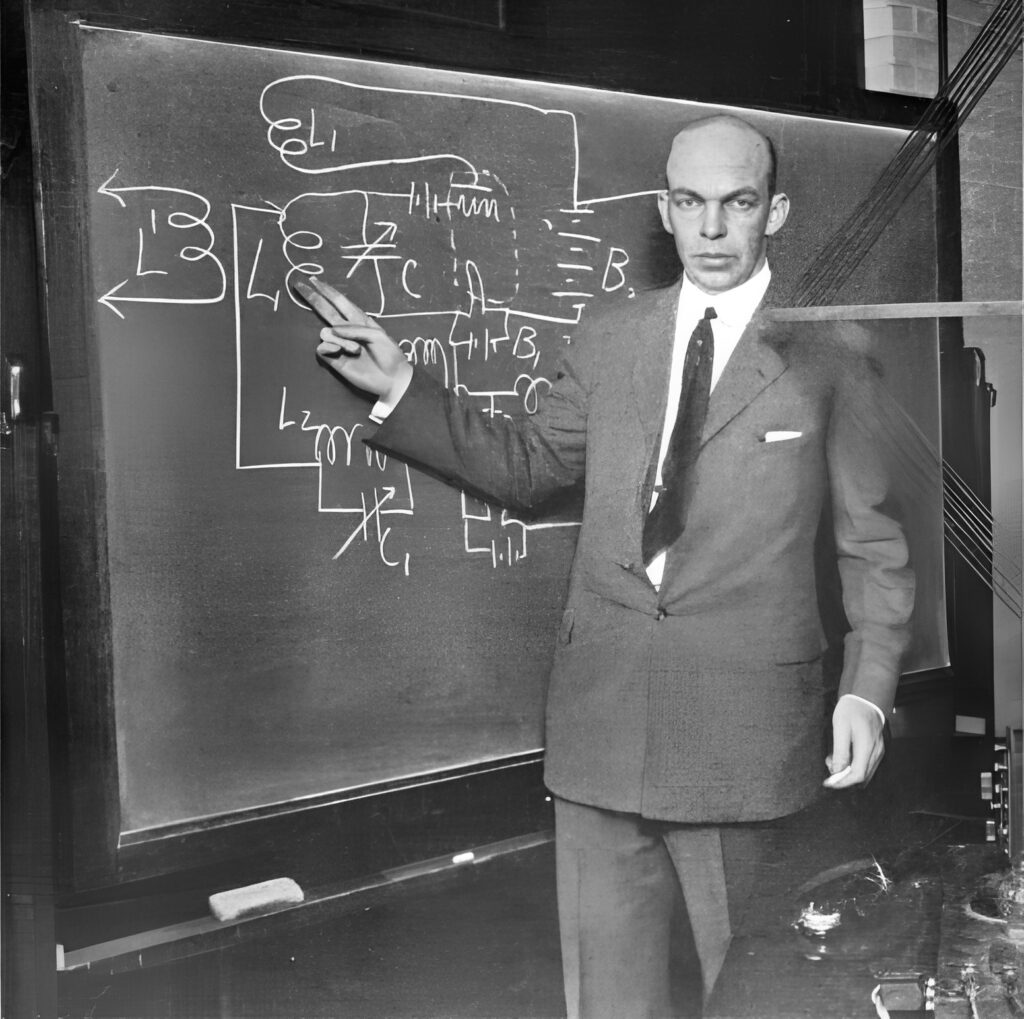
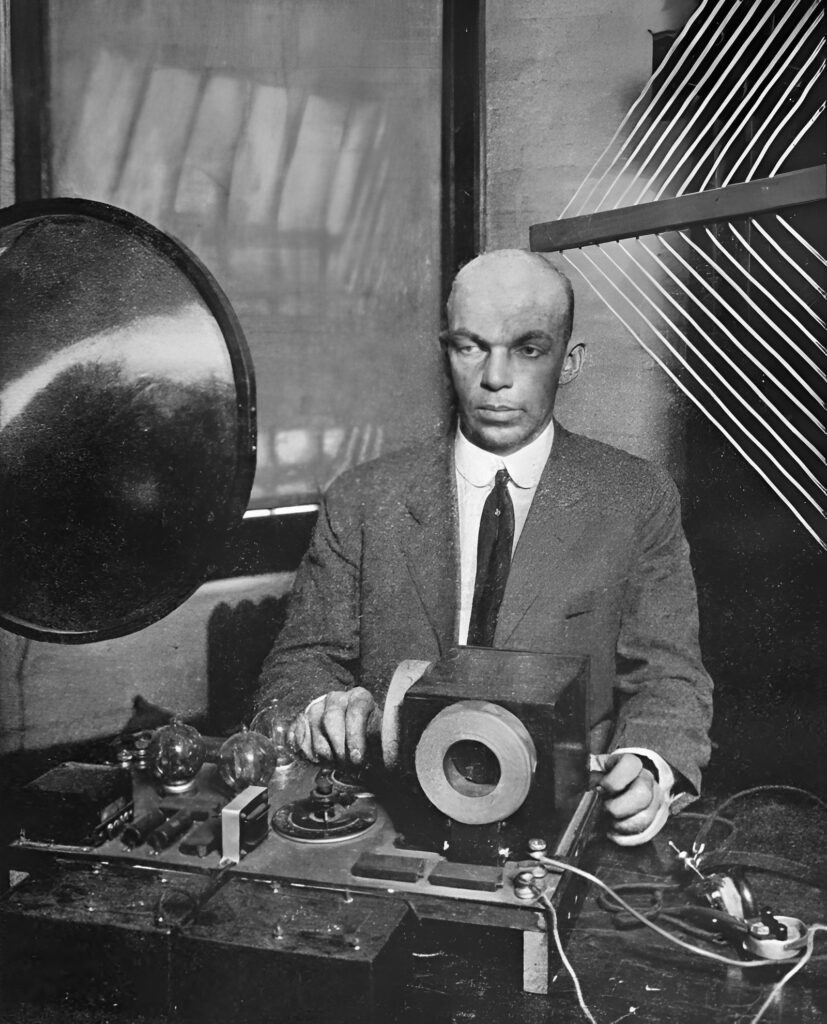
It wasn’t long before commercial manufacturers began production of radios that took advantage of Armstrong’s inventions. By 1924, RCA was manufacturing the Radiola model AR-812, which used a superheterodyne receiver to improve the reception and sound quality. Pictured below is an advertisement from 1924 for the RCA Radiola (Model AR-812).
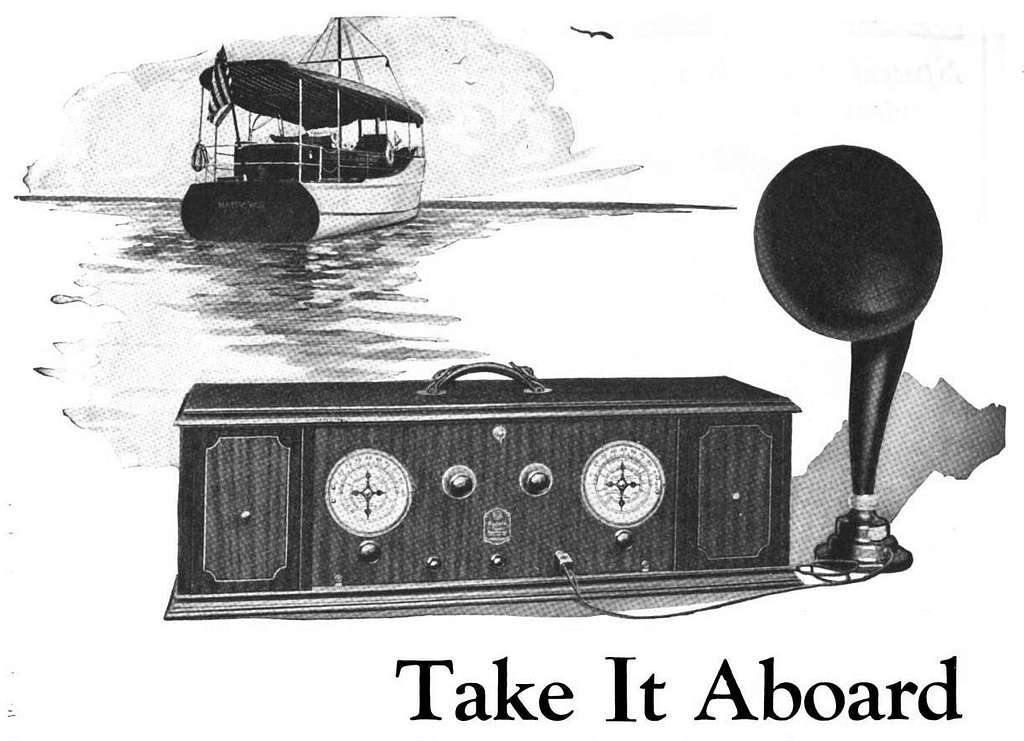
Invention of “Frequency Modulation” (FM) Radio
Armstrong’s third critical contribution to the world was his invention of Frequency Modulation (FM) radio. Throughout the early days of broadcast radio, broadcasters used a technology called “Amplitude Modulation” (AM). Despite its widespread adoption, AM radio was plagued by static and interference from many sources, such as lightning storms and car engines. Armstrong believed there had to be a better technology.
In 1933, after years of painstaking work, he unveiled FM radio. Unlike AM, which varies the strength (amplitude) of the radio wave to carry sound, FM varies the frequency of the radio wave. This simple but profound change had a revolutionary effect: it made broadcasts largely immune to static. The sound quality was far superior, with a wider dynamic range and greater fidelity. Armstrong saw FM not just as a technical improvement, but as a path to a completely new kind of broadcasting. He envisioned a system that could broadcast high-quality music and educational programs without the crackle and hiss of AM.
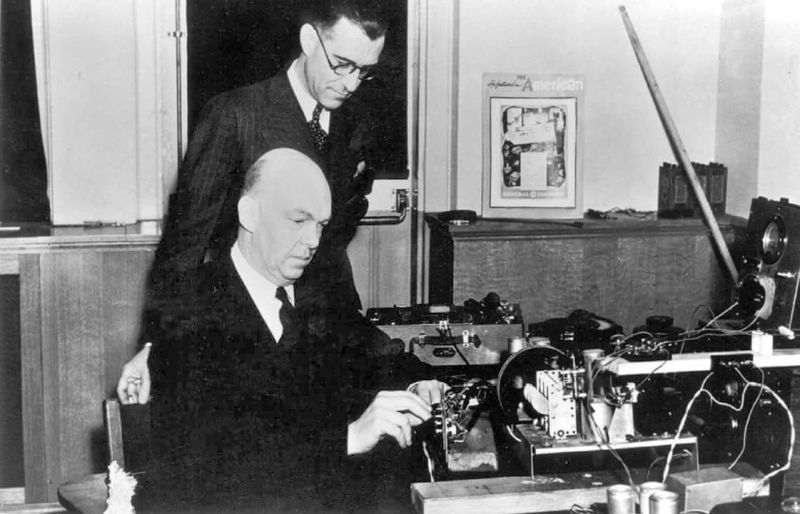
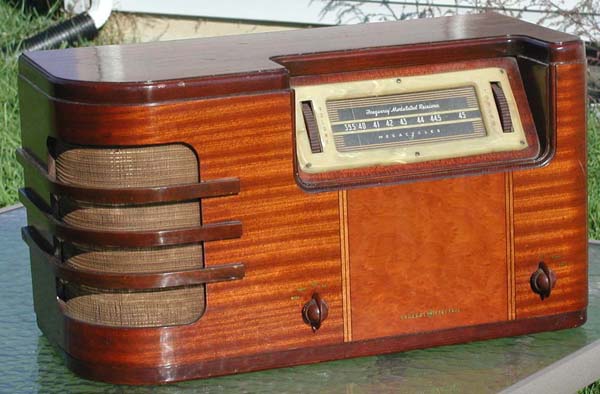
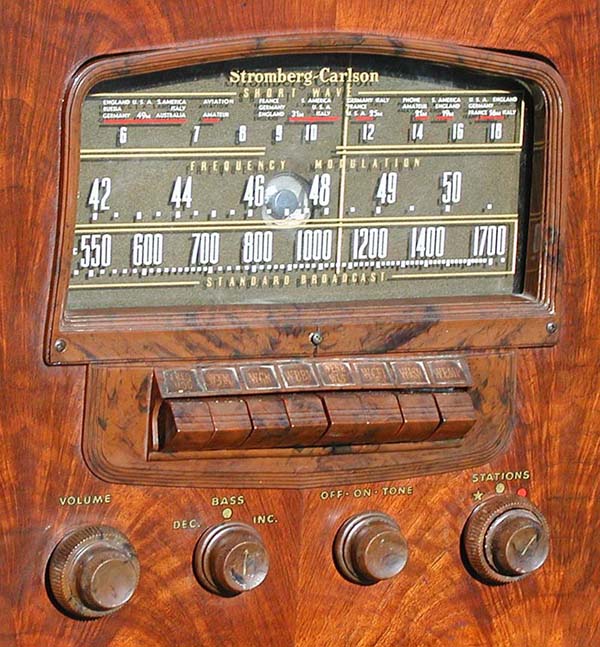
The rollout of FM radio in the United States from the 1930s to the 1960s was a complex process marked by technological innovation, corporate resistance, and shifting public perception. While AM radio dominated the airwaves, Armstrong’s FM radio promised a superior listening experience.
Armstrong’s initial push for FM was met with both excitement and opposition. In the late 1930s and early 1940s, a few pioneering stations began broadcasting in FM, demonstrating its potential. However, the powerful AM broadcast lobby, led by RCA and its president David Sarnoff, saw FM as a direct threat to its established business model. They actively lobbied the Federal Communications Commission (FCC) to hinder FM’s growth, and the onset of World War II further delayed its expansion as resources were diverted.
A significant setback occurred in 1945 when the FCC, citing technical reasons, moved the FM band from its original “low band” (42-50 MHz) to the “high band” (88-108 MHz). This change, widely believed to be influenced by RCA, rendered existing FM receivers obsolete and forced broadcasters and consumers to purchase new equipment. This single act crippled the fledgling FM industry and delayed its widespread adoption for over a decade.
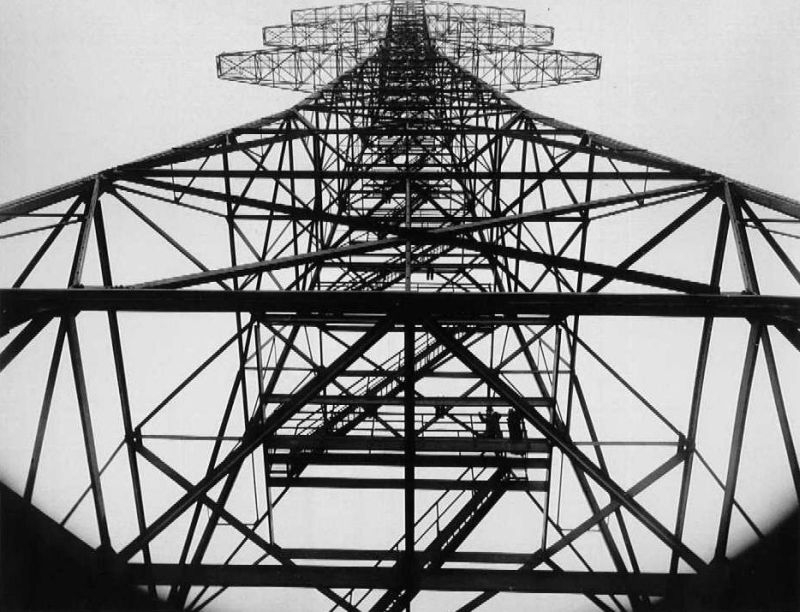
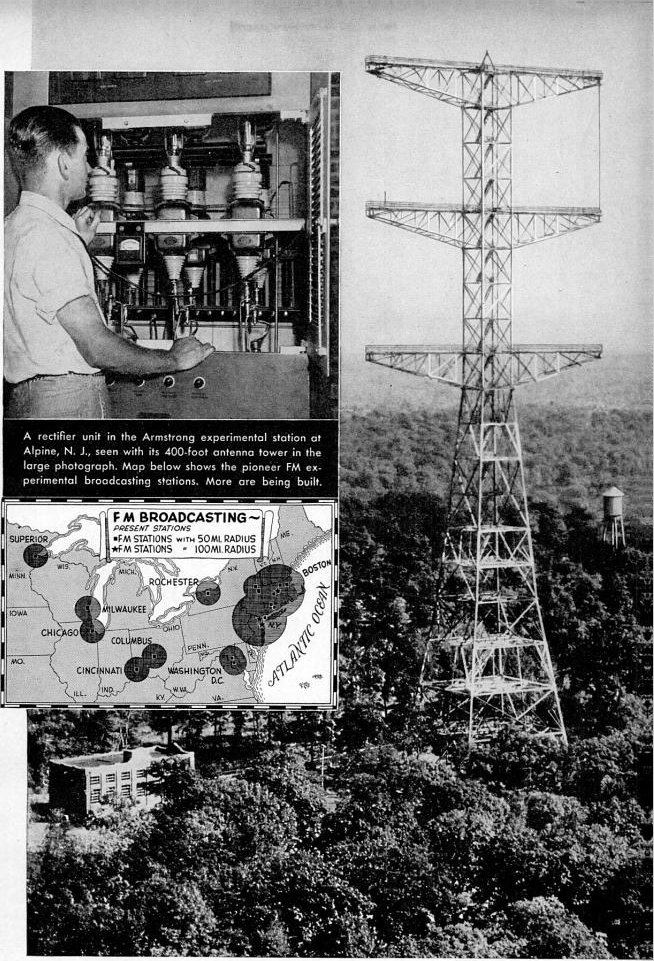
Despite these challenges, FM began to find its niche in the 1950s and 1960s. The rise of rock and roll and other youth-oriented music genres coincided with a growing desire for high-quality audio. FM’s superior sound made it the preferred medium for classical music, jazz, and eventually, album-oriented rock. By the mid-1960s, a new generation of listeners, armed with inexpensive FM receivers, began to embrace the medium. The FCC’s 1964 “Non-Duplication Rule”, which required FM stations in cities with a population over 100,000 to broadcast programming separate from their AM counterparts, was a turning point. This forced FM stations to develop their own unique formats, giving rise to diverse and innovative programming that AM radio simply could not match. By the end of the 1960s, FM was no longer a niche technology but a serious competitor, on its way to becoming the dominant broadcast medium it is today.
In Europe, the rollout of FM began in the 1950s, later than in the U.S. because many countries were focused on rebuilding essential infrastructure after the war. West Germany was a pioneer, beginning to install a nationwide network of FM transmitters as early as 1953. The United Kingdom’s first FM radio station opened in 1955, and the BBC quickly expanded its FM network across the country. European countries also faced the challenge of having a crowded AM band, which made the superior sound quality and greater frequency availability of FM an attractive solution.
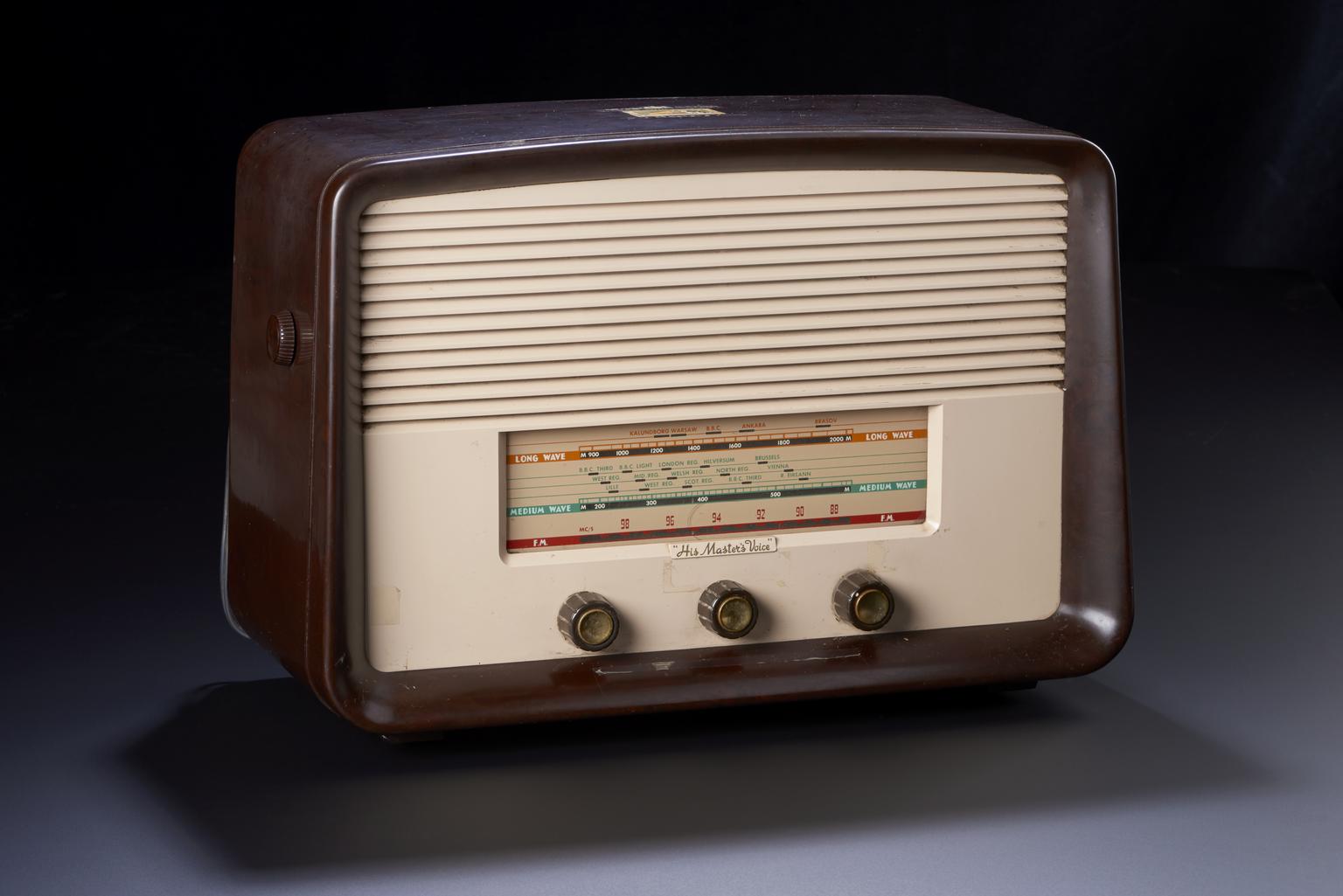
Japan’s history with FM broadcasting is closely tied to its national broadcaster, NHK. Initial experimental FM licenses were granted in the late 1950s, with NHK’s experimental network covering a significant portion of the country by 1968. The official launch of commercial FM broadcasting, including stations like FM Tokyo and FM Osaka, followed in 1969. The Japanese FM band was initially narrower than in other parts of the world, which limited the number of stations, but it was later expanded to accommodate more broadcasters. Eventually, FM radio was adopted across most of the world.
Legal Battles and the Tragic Passing of Edwin Armstrong
Sadly, Armstrong’s grand vision for FM radio was met not with celebration, but with fierce resistance. The radio industry—dominated by RCA—had enormous investments in AM broadcasting and viewed FM as a direct threat. Rather than embrace the breakthrough, they worked to suppress it. The United States broadcast regulator, the Federal Communications Commission (FCC), initially confined FM to a narrow, impractical slice of spectrum, a setback Armstrong fought tirelessly to overturn.
These struggles came on top of years of bruising patent battles. Armstrong’s early legal battles with Lee de Forest and others over the regenerative circuit expanded into protracted, ruinous litigation with RCA over the superheterodyne and, later, FM itself. Though Armstrong never wavered in his belief in the superiority of his work, the endless court fights, corporate obstruction, and a deep sense of betrayal from the scientific community wore him down. He watched others profit from his ideas while he was left to defend them alone.
In late 1953, Armstrong was financially and emotionally exhausted from the legal battles over his inventions. His beloved wife Marion left him and he was all alone in his New York City apartment for months.
On January 31, 1954, financially drained and in despair, Armstrong ended his life. The tragedy was profound: a man who gave the world static-free, high-fidelity communication died unheard. After his death, his wife, Marion, carried on his legal battles, ultimately winning many and securing his rightful place as the inventor of these transformative technologies.
Armstrong’s legacy remains immense, even if often overlooked. The superheterodyne receiver underpins every modern receiver, from radios to smartphones and Wi-Fi. FM broadcasting continues to be the most popular medium for broadcast hi-fi radio in many parts of the world.
More than an engineer, Edwin Armstrong was a visionary who saw wireless communication’s true potential far ahead of his time. His life is a reminder that great innovation often comes at immense personal cost. Though he died a tragic figure, the clarity of his work endures—his voice, and the voices of countless others, still carried across the airwaves.
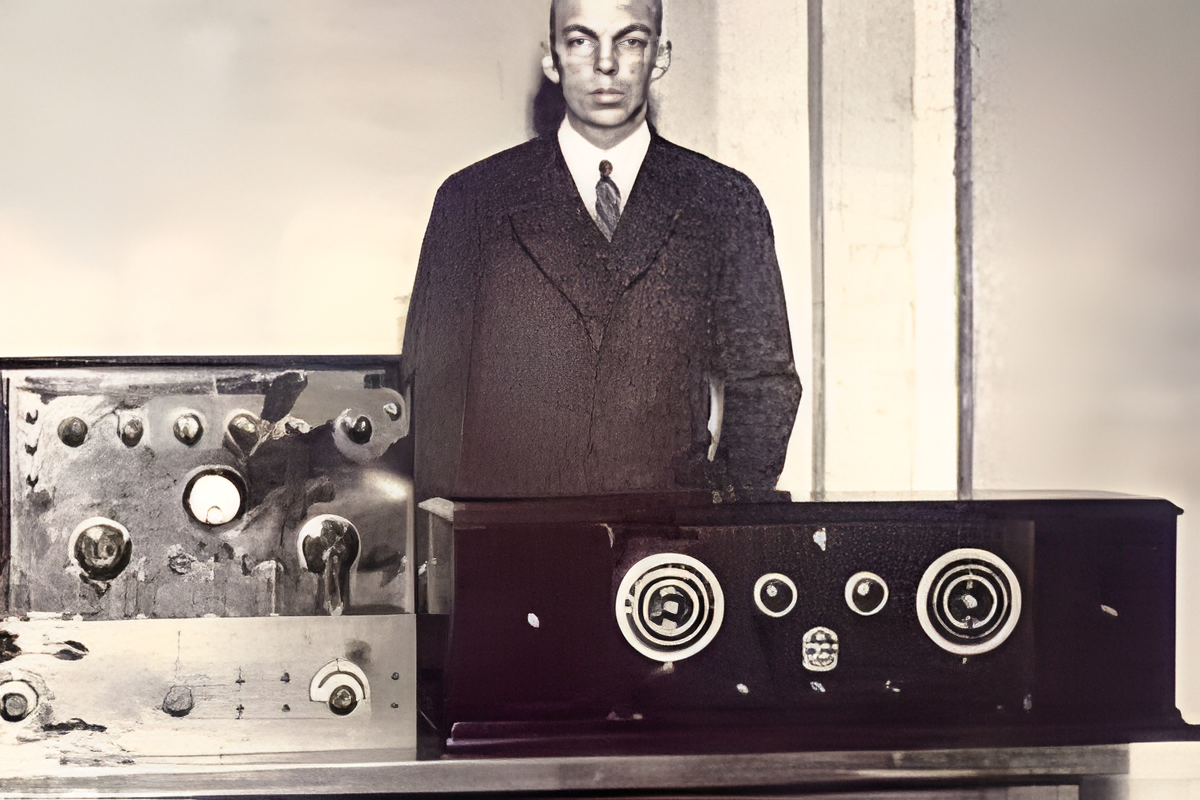
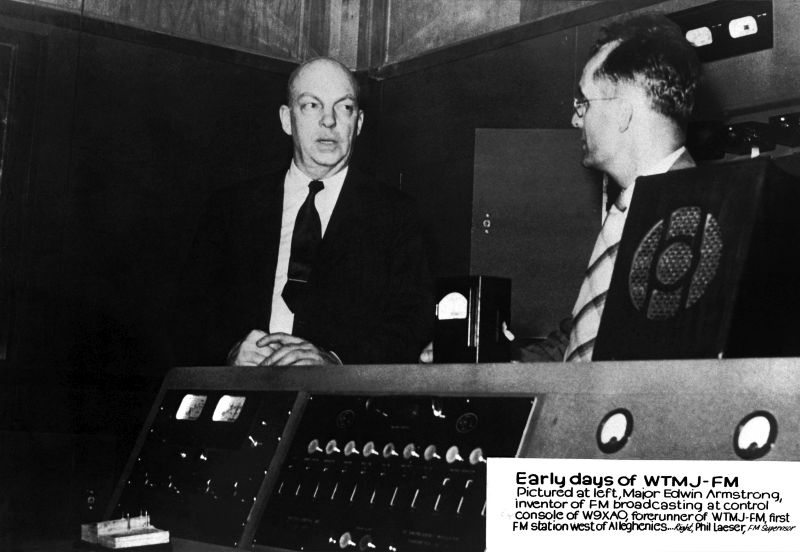
Personal Life
In his personal life, Armstrong was both a romantic and a daredevil. In 1923, Armstrong combined these traits; during his courtship of David Sarnoff’s secretary and future wife, Marion McInnis, he famously climbed the WJZ (now WABC) antenna atop a 20-story New York building. There, he performed a handstand, and when asked why he indulged in “these damn fool things,” Armstrong simply replied, “I do it because the spirit moves me.” Ever the showman, he arranged to have the stunt photographed and sent the images directly to Marion.
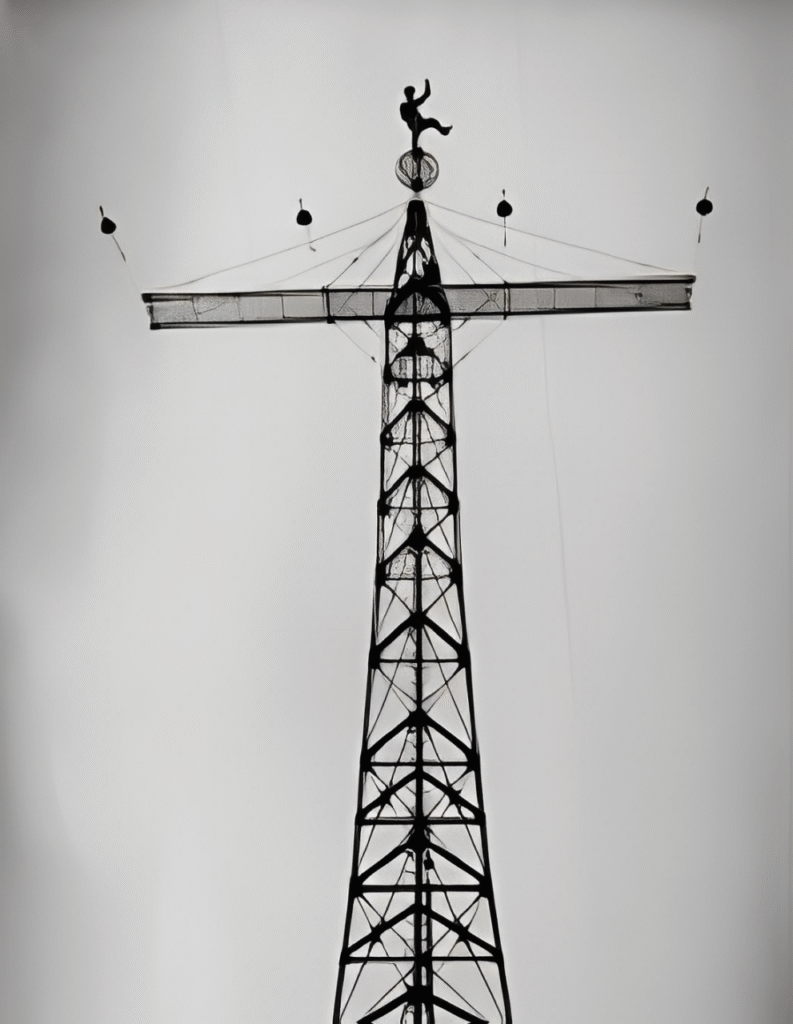
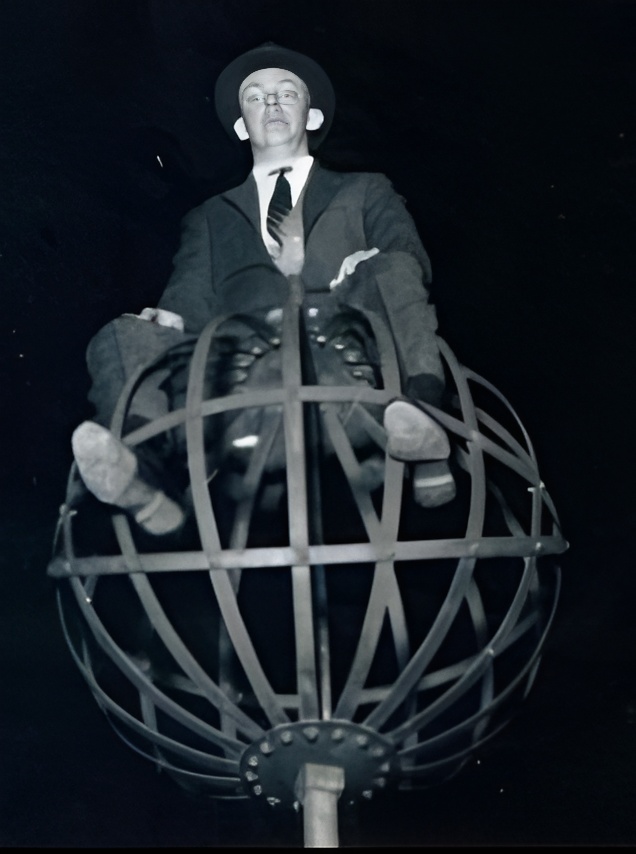
Edwin and Marion married later that year. Before the wedding, Armstrong purchased a Hispano-Suiza motor car, which he would keep for the rest of his life. The couple drove it to Palm Beach, Florida, for their honeymoon. In a carefully staged publicity photograph, Armstrong presented Marion with a unique gift: the world’s first portable superheterodyne radio, a symbol of both his genius and his affection.
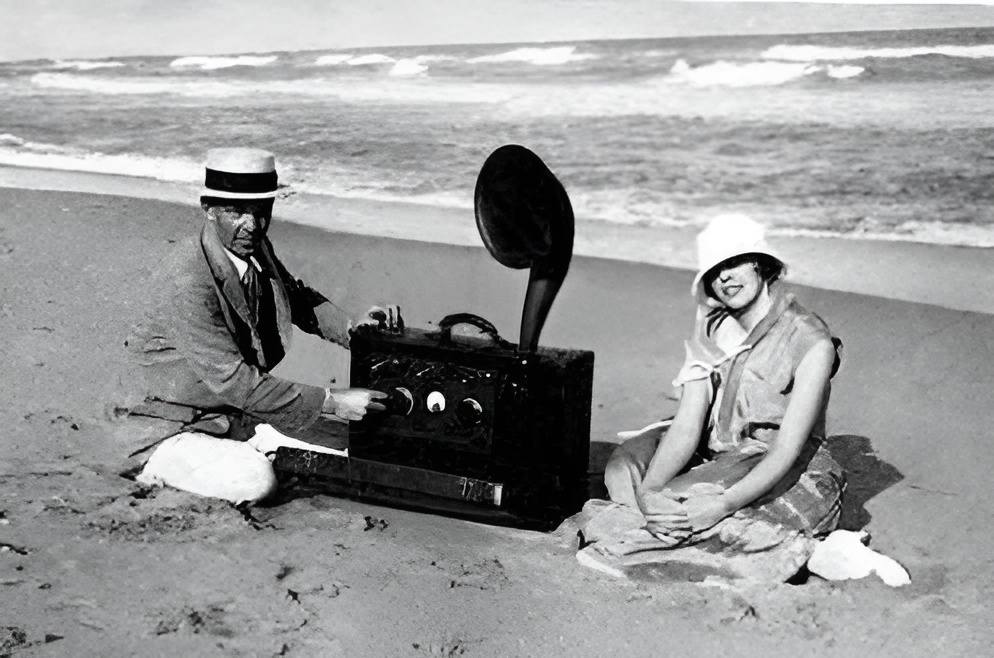
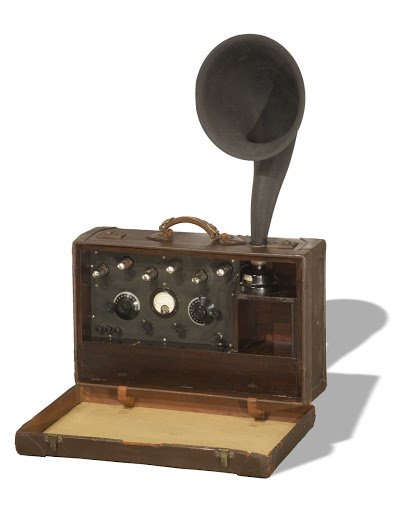
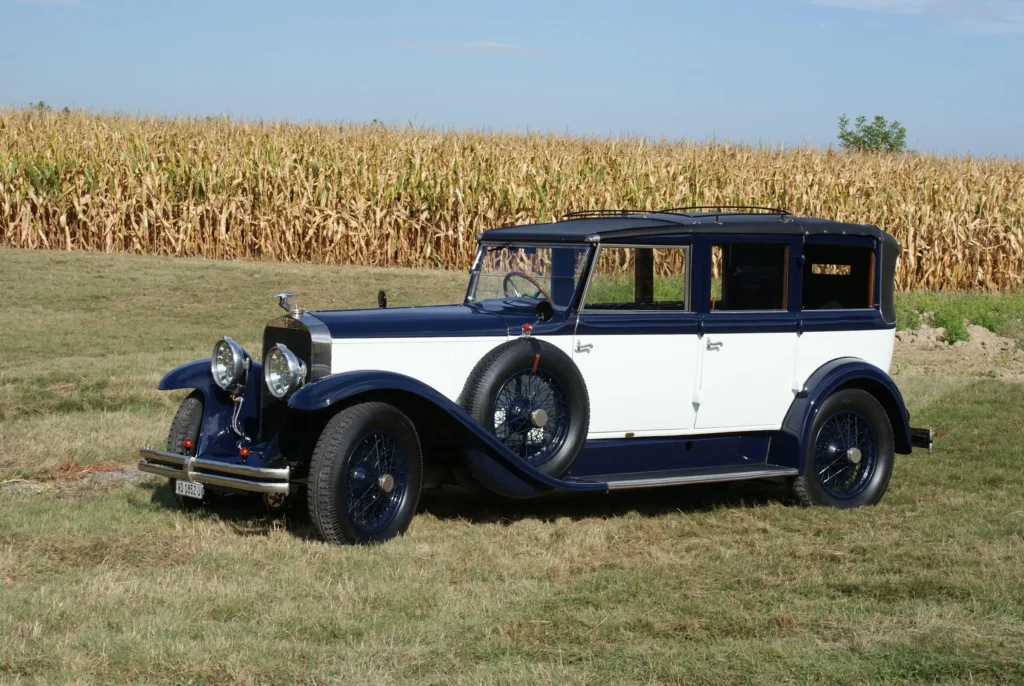
Honors and Awards
Over his lifetime, and even after his death, Edwin Armstrong received many honors and awards for his work in radio engineering.
In 1917, Armstrong became the first ever recipient of the “IRE Medal of Honor”. Today, this award is the equivalent of the Institute of Electrical and Electronics Engineers’ (IEEE) highest award. Two years later, the French government recognized his wartime contributions to radio with the Legion of Honor. He went on to receive the Franklin Medal in 1941, followed by the Edison Medal in 1942, honoring his groundbreaking work on the regenerative circuit, the superheterodyne, and frequency modulation. In 1955, the International Telecommunication Union (ITU) added him to its roster of great inventors.
Armstrong was also recognized by academia, earning honorary doctorates from Columbia University in 1929 and from Muhlenberg College in 1941. His legacy continued long after his death: he was inducted into the “National Inventors Hall of Fame” in 1980, and entered the Consumer Electronics Hall of Fame in 2000. A year later, he was posthumously inducted into the Wireless Hall of Fame. Columbia University also established the Edwin Howard Armstrong Professorship in his memory.
Several landmarks honor him as well. Philosophy Hall at Columbia, where Armstrong developed FM, was designated a National Historic Landmark. His boyhood home in Yonkers, New York, was once listed on the National Register of Historic Places, but lost its status after the house was demolished.
A US Postage Stamp was released in his honor in 1983 in a series commemorating American Inventors. The series included Armstrong (for Frequency Modulation), Charles Steinmetz (for electrical theories), Nikola Tesla (for the induction motor), and Philo T. Farnsworth (for the first television camera).
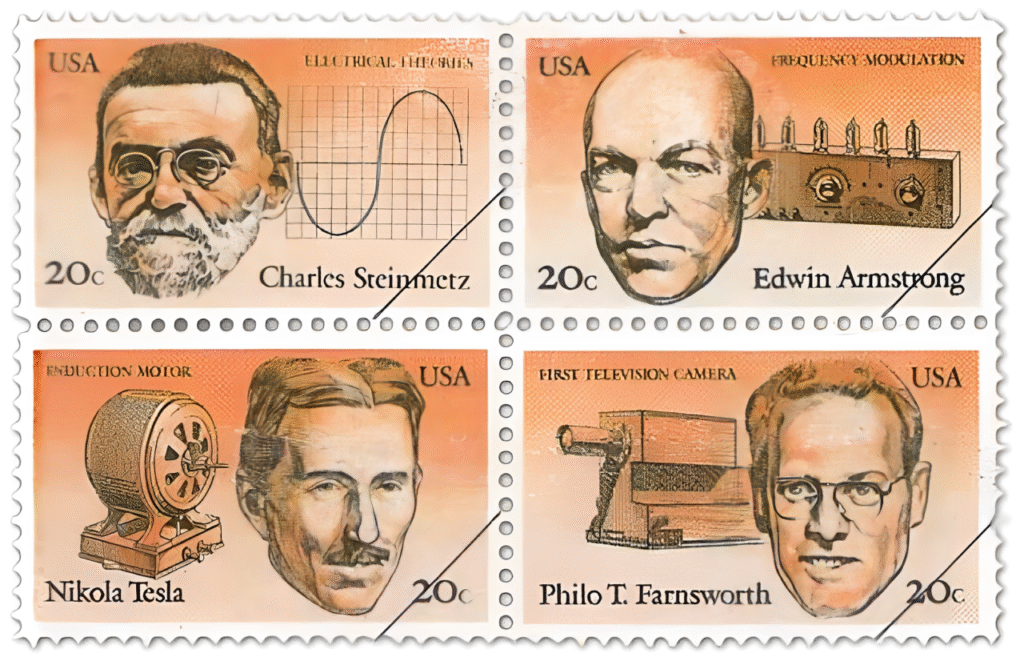
Armstrong Memorial Foundation
After Armstrong’s tragic death, his wife Marion founded the Armstrong Memorial Research Foundation to continue her late husband’s work. The foundation’s mission is to disseminate knowledge of Armstrong’s research and achievements through lectures, to grant awards to electrical engineering students and research scientists in the field of communications, and to give awards to AM and FM stations for excellence and originality in radio broadcasting.
The Foundation also promotes exhibits about Edwin Armstrong in museums and libraries, and they produce books and films describing Armstrong’s role in the advancement of the telecommunication industry. Marion Armstrong participated in the Foundation’s work until her death in 1979 at the age of 81.
If you’d like to see more about the Armstrong Memorial Foundation, here is a link to their website.
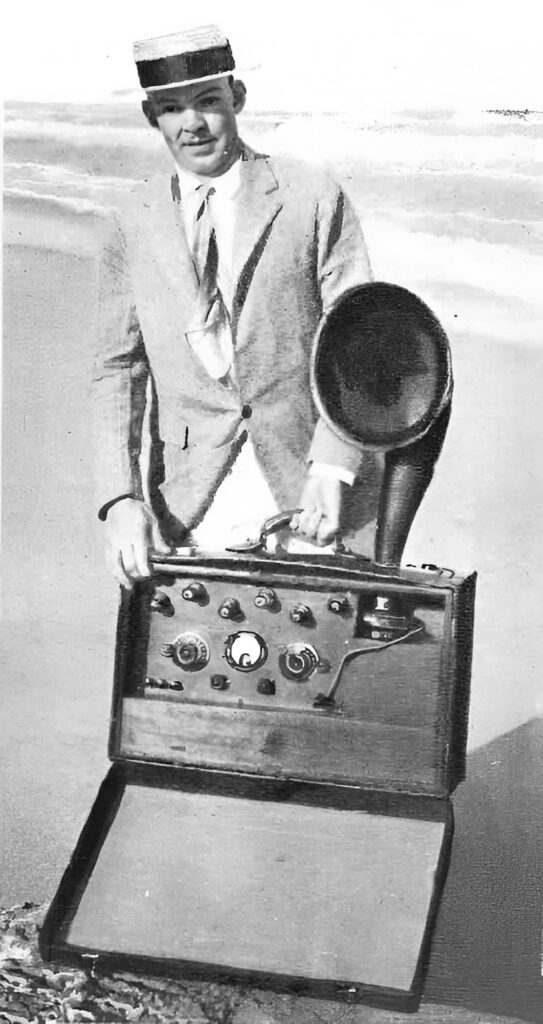
Edwin Howard Armstrong: Induction into the Hi-Fi Hall of Fame
Few figures in the history of sound and communication have had an impact as profound as Edwin Howard Armstrong. His inventions not only shaped the development of modern radio but also laid the foundation for the high fidelity sound reproduction that the audio world treasures today.
Armstrong’s genius first became evident in 1913, when he created the regenerative circuit, a breakthrough that dramatically improved the sensitivity and range of radio receivers. He followed this with the superheterodyne receiver in 1918, a design so effective that it remains the standard architecture in virtually every radio, television, and wireless device in use today. Both inventions directly advanced the clarity and reach of sound transmission.
His most significant contribution to high fidelity, however, was the invention of Frequency Modulation (FM) radio in the 1930s. Unlike Amplitude Modulation (AM), FM offered resistance to static, interference, and distortion, producing a level of clarity and tonal richness that listeners had never before experienced. FM broadcasting became the gold standard for music reproduction, ushering in the modern era of Hi-Fi listening. Every audiophile who has ever marvelled at the lifelike sound of FM owes that experience to Armstrong’s vision.
Beyond his technical brilliance, Armstrong embodied the spirit of innovation and perseverance. He fought tirelessly against corporate resistance and legal battles to defend FM technology, a struggle that ultimately cost him dearly. Yet, his work endures. Today, FM remains central to broadcasting, and the superheterodyne principle underpins every form of wireless communication.
For his pioneering role in delivering high-fidelity sound to the world, Edwin Howard Armstrong is inducted into the Hi-Fi Hall of Fame.

